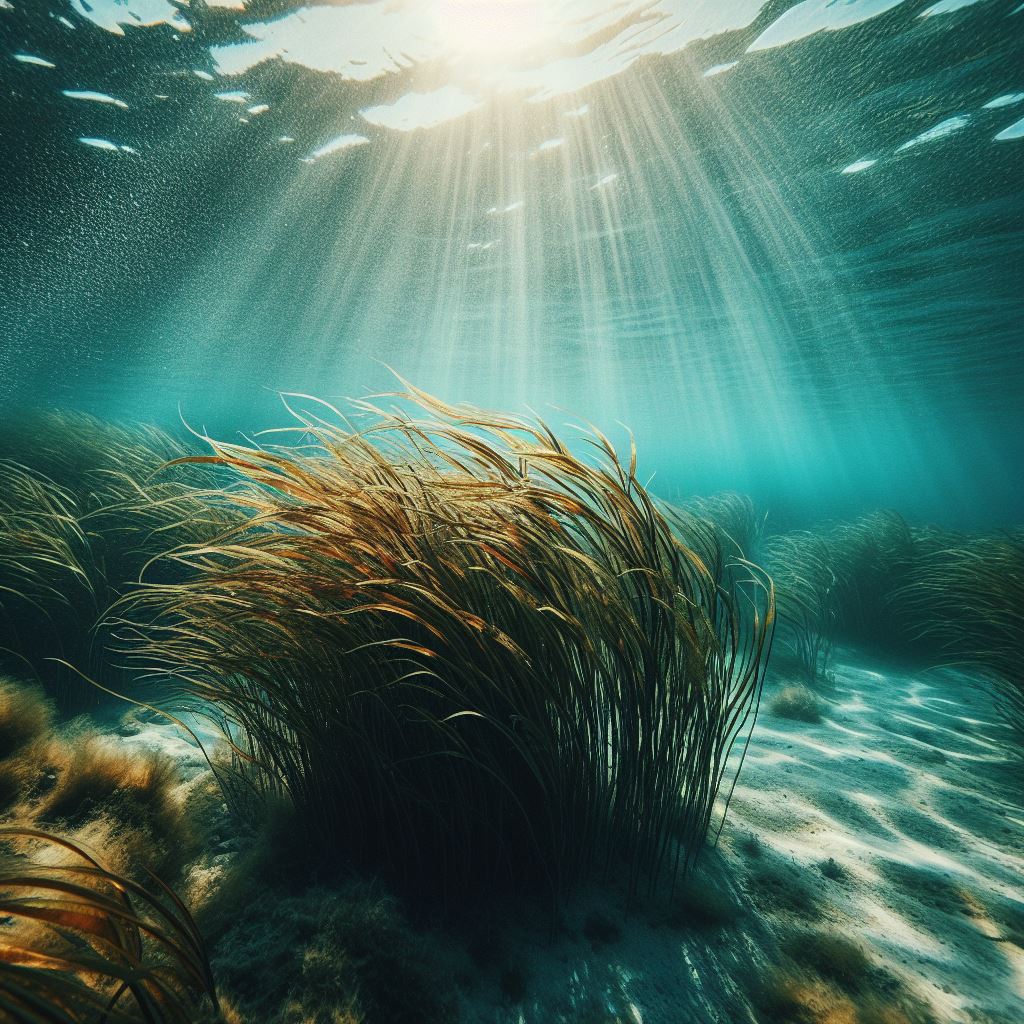Article By: Farah Izana Abdullah
Aquaculture is the practice of breeding aquatic organisms such as fish, shrimp, clams, and aquatic plants in a controlled environment. The goal of aquaculture is to increase seafood production, reduce pressure on wild fish stocks, and ensure the sustainability of water resources. Aquaculture technology is constantly evolving to enhance efficiency, productivity, and sustainability of this process. Here are some common aquaculture technologies:
- RAS (Recirculating Aquaculture Systems): This system allows for the recycling of water in aquaculture tanks, reducing water discharge and conserving water. RAS monitors and controls water parameters such as temperature, dissolved oxygen, pH, and ammonia to create an optimal environmental condition for the cultivated organisms.
- Automatic Monitoring: This technology includes the use of sensors and automated monitoring systems to measure water conditions, feed, and fish health. This information can be used to optimize the aquaculture environment and prevent diseases.
- Genetic Selection: Through genetic selection, species that are more disease-resistant or have faster growth can be developed. This helps improve the efficiency of aquaculture production.
- Technology-Based Feeds: Developing the right feeds and automated feeding has become a major focus. Food processing technology and the right feed formulation help improve fish growth and health.
- Aquatic Plant Cultivation: Cultivating aquatic plants like algae, seaweed, and other aquatic plants can be used to clean the water, provide protection for aquaculture organisms, and supply additional food sources.
- Sustainable Harvesting: Improved harvesting technology helps minimize stress on organisms and ensures that only sufficiently large and mature organisms are taken.
- Environmental Monitoring Systems: The use of technology like weather and water quality sensors, along with data management software, helps aquaculture owners manage and optimize their operations.
- Use of Robotics: Robots can be used for tank cleaning, organism monitoring, and even automated feeding. This helps reduce manual labor and minimizes stress on the organisms.
- Waste Processing Systems: Advanced waste processing technology can help manage waste from aquaculture in an environmentally friendly manner.
These technologies help improve the productivity, efficiency, and sustainability of aquaculture. This is crucial because the demand for aquaculture products continues to rise with the growth of the global population, and sustainable aquaculture practices can help maintain the balance of aquatic ecosystems.
Date of Input: 07/09/2023 | Updated: 26/10/2023 | s_humaira
MEDIA SHARING




























